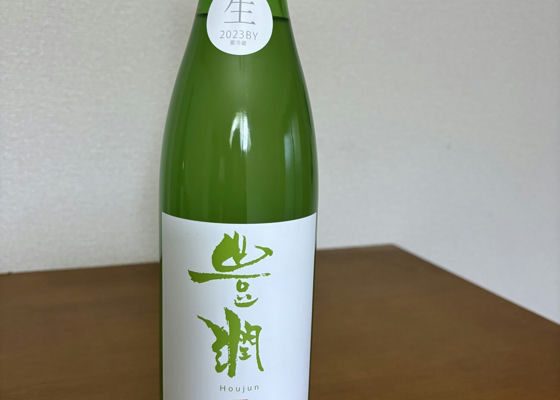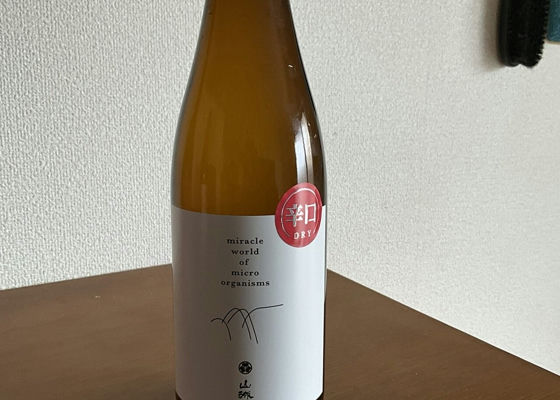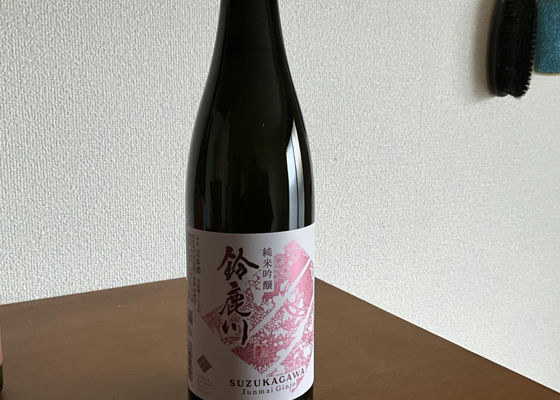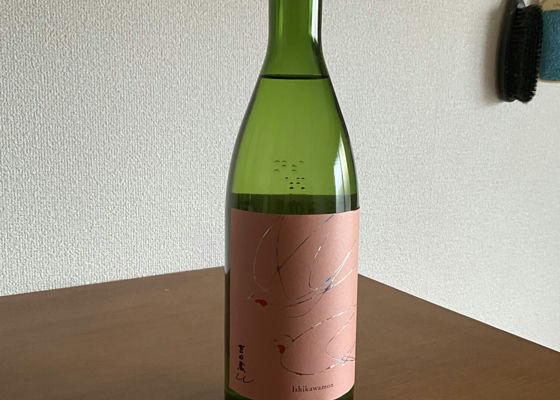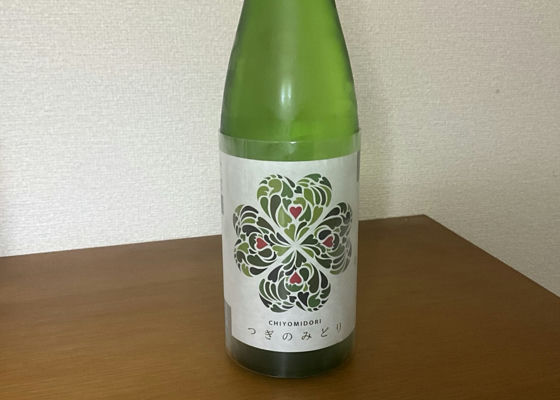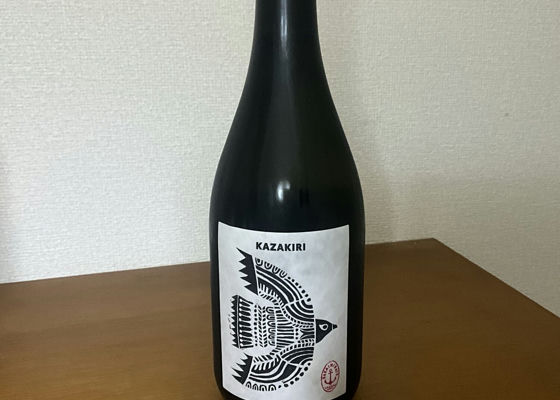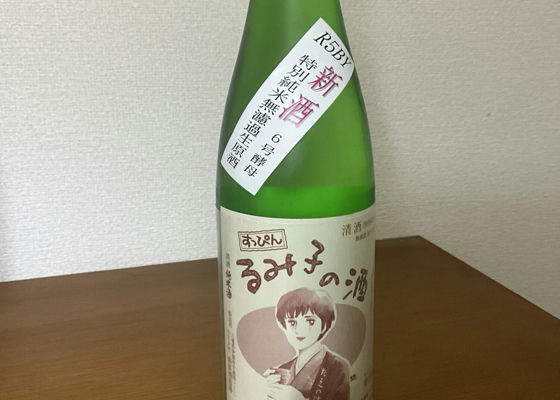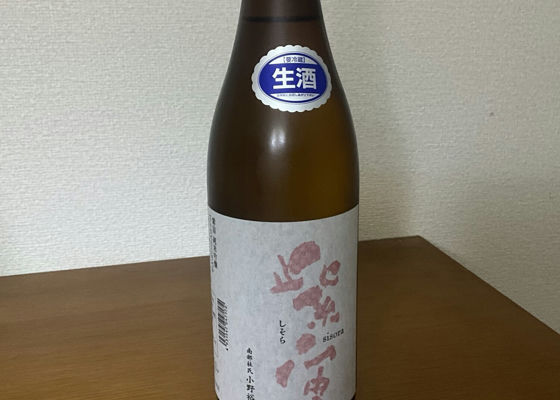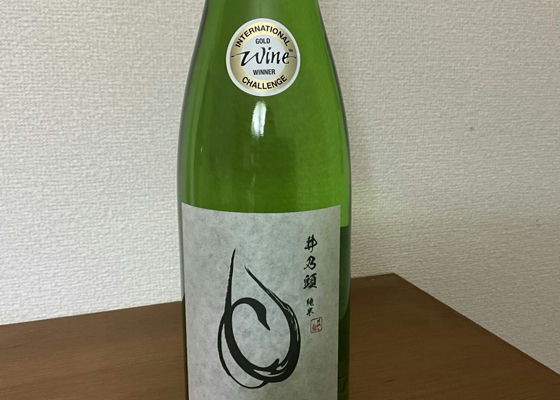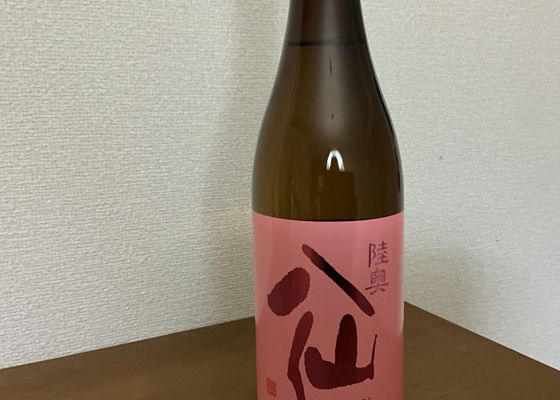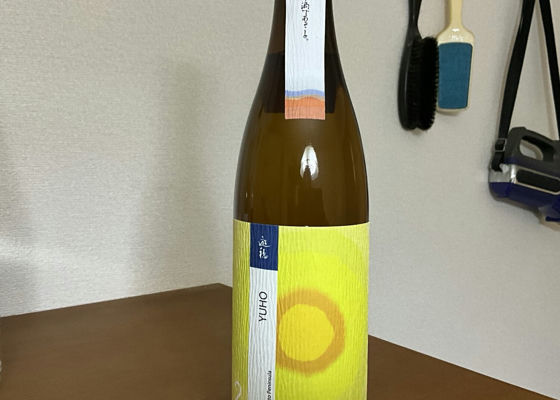Kariho山廃純米 超辛口

Kab
Repeat Kariho for safety and reliability.
While it is said to be served in a wide range of temperatures, many recommend lukewarm heating.
A little at room temperature. The dry spiciness spreads, and the slightly nutty and cocoa-like umami spreads, and then it gradually gets spicier and spicier again.
40°C. The aroma and taste is a bit like vanilla, and it also becomes dry. The umami also gives the impression of spicy rice, and the sharpness is also spicy. At 45℃, the initial vanilla flavor becomes stronger and the acidity comes out along with the umami. At 50℃, the acidity is milder and the vanilla flavor is weaker. Personally, I prefer 40℃ or 50℃.
It is a dry sake with a great flavor, and the vanilla taste at lower temperatures is unique. As a super dry sake, it does not feel that hot. It can be bought anywhere, cheaply, and has a good official website.
Japanese>English





